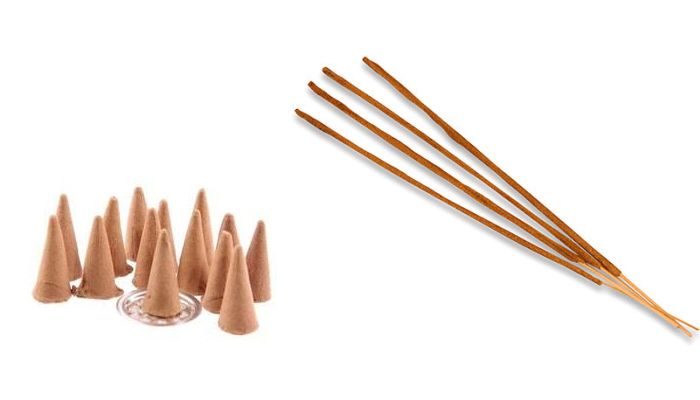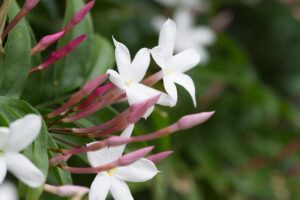Incense has been used for centuries to infuse the atmosphere of churches, temples and homes with scent. The word 'incense' was first used to describe the resinous gums from certain trees, but is now more widely used as a general term to describe any aromatic substance derived from grinding up dried plants. Incense can also be referred to as 'joss'.
The plants used to make incense are generally those whose essential oil is extremely expensive and difficult to extract. These are the plants whose fragrances tend to be strong and often overpowering in undiluted form.
Stimulate your senses
Burning incense has a strong emotional effect. The delicate smoke and sweet aromas can be used to create a relaxing or romantic mood, to help disinfect living spaces and to mask unpleasant smells. The heady nature of the fragrance also aids meditation.
Type of Joss and Incense
- Dried herbs. Incense is simply dried aromatic herbs that release their aromas when burned.
- Powdered incense. Powdered incense can be sprinkled on hot charcoal blocks to release its scent.
- Resins. Resin extracted from trees can be burned directly or over hot coals.
- Cones and coils. Powdered incense can be moulded into cones and coils for easy use.
- Joss sticks. Strips of incense, called 'joss sticks', are often strengthened by a thin wooden strip.

Making your own Incense
First consider the mood you would like to create, then choose the appropriate herbs and begin.
You will need:
- A pestle and mortar
- a glass jar with lid
- 7 parts resin, such as frankincense, myrrh, copal or benzoin
- 3 parts dried herbs, flowers or bark. For example, dried lavender, rose petals or basil are ideal
- A few drops of essential oils to enhance fragrance
Method:
- Place the resin ingredients in the mortar
- add the other ingredients
- mix the ingredients together and grind with a pestle to create a consistent texture
- finally, add a few drops of any aromatherapy essential oil of your choice
- store the incense for a least two weeks to allow the different scents to mingle
Charcoal burners
To burn loose incense, you will need charcoal blocks and a fireproof dish.

Fill the container with some earth to prevent it from overheating.
Light the charcoal by holding it with tweezers (to stop your fingers being burned) over an open flame.
Sprinkle loose incense over the hot charcoal and allow it to smoulder.
Joss Sticks to aid Meditation
Incense and joss tend to have heady, base note aromas that stimulate the sacral and base Chakras, or strong floral aromas that stimulate the heart Chakra. You can also use incense to stimulate the base Chakra.
- The sacral and heart Chakras stimulate the physical and emotional sides of love respectively.
- The base Chakra stimulates fertility, sex drive and courage, and suppresses all inhibitions. This is why joss sticks can play such an important part in setting a romantic mood.
Choosing Scents for Incense and Joss
Many dried plants can be used when making your own incense. Here are some popular examples, that produce excellent results.
Frankincense
Frankincense lends its own name to 'incense' and is one of the most popular ingredients. It enhances emotions and creates a meditative atmosphere.
Lemongrass
This grass's strong sweet smell helps repel insects and is often used outdoors.
Myrrh
This resin with a warm, slightly bitter smell is used for its healing and sensually stimulating properties.
Jasmine
Oriental jasmine is a traditional perfume ingredient. Its relaxing scent can help loosen tension and inhibitions.

Patchouli
Patchouli can be used as both an antiseptic and a perfume. It is helpful for easing anxiety and stress.
Pine
The fresh, antiseptic smell of pine needles or copal (pine resin) banishes cigarette odours and can disinfect a sickroom.
Rose
Rose can be used to set the scene for seduction.